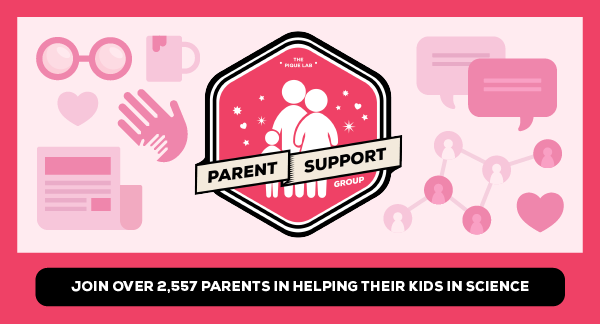Do you know some students gain more knowledge out of a lesson than others?
Although intelligence does affect how much a student can absorb during lessons, learning attitude and techniques are more significant factors.
A student who is extremely clever but chooses not to pay attention in class will probably understand less than one who is not as bright but demonstrates good learning attitude.
However, showing a positive learning attitude alone is insufficient.
Read Also
To ensure that a student gets the most out of every lesson, he or she must also learn the smart way. Here are five little-known learning techniques that a student can apply during lesson time to maximise his/ her learning experience.
#1 Strategy: Stay focused
This is the first and most important step to learning. Most young kids in primary school have difficulty staying focused. They tend to have a very active mind and a great propensity to get distracted over irrelevant things.
Hence, to prevent this from happening, kids should learn to keep a tidy desk and leave only the necessary stationery and books on their table.
When kids get bored or restless during lessons, they should try to look at the clock and tell themselves to stay focused on the lesson for the next ten minutes.
If they are paying attention, they will not realise that the ten minutes have passed!
Try it: Continue doing this for another ten minutes if they lose focus again.
#2 Strategy: Discuss With Your Partner
A soft discussion with your table partner can enhance the learning process.
This is because your neighbour may have picked up some important points from the lesson which you may have missed.
Discussion also generates good questions which one party may not have thought of. It also rectifies mistakes. Most importantly, it keeps both parties focused on the lesson.
Try it: A small and soft discussion improves learning for both parties without disrupting the lesson.
#3 Strategy: Clarify With The Teacher When In Doubt
A lot of kids experience the issue of being too shy to ask questions.
This is more evident when kids grow older and become increasingly mindful of being judged by other classmates. However, kids must learn how to step out of their comfort zone and ask questions.
If your child does not understand a theory in the middle of the lesson, he/ she may have trouble understanding the rest of the lesson. This is because teachers often teach in an order whereby later parts of the lesson will require understanding theories taught in earlier parts.
Try it: To overcome the fear of appearing foolish, kids can try to rephrase their questions. Instead of asking a question starting with “What is…..”, they can start with “Just to clarify…..”.
#4 Strategy: Taking Notes
Some people feel that note-taking impedes the learning process.
This is true if the person who is taking down notes during lessons has very poor multi-tasking skills or if the teacher is rushing through the lesson.
However, in a normal lesson whereby a teacher conducts his or her lesson at an appropriate pace, time will usually be given after a particular concept has been introduced.
During this time, all students should take down notes even if they understand what the teacher has just said. When taking down notes, students should not simply write down the teacher’s explanation word for word.
Instead, they should pen down their train of thoughts based on whatever they have understood. By doing so, they will be able to better structure their thoughts. Hence, this reinforces their understanding.
However, if your child really does not understand what is going on, taking down notes may be pointless because he/ she may still be clueless even when he/ she reviews at his/ her notes after class.
In situations like this, a student should return to strategy 2 or 3.
#5 Strategy: Teach Your Peers
Teaching others around you is the final learning technique.
This should only be carried out when the student is extremely clear to whatever that has been taught and after the aforementioned four strategies have been executed.
Some people are afraid that by teaching other students in class, competition will become steeper and it will be more difficult to do better than others during examinations.
However, this mentality is selfish and wrong.
Collaborative learning can only bring about similar benefits illustrated in strategies 2 and 4. It helps to enhance learning and reinforce understanding.
Teaching others also promotes teamwork and it will be useful because those who you have helped before will probably remember the favour and reciprocate when you need help.
One last note….
These five learning techniques should be carried out step by step so that learning can be optimised. It is inevitable that some students learn faster than others due to differences in their innate ability and flair for that subject.
However, with the right attitude and by applying effective learning techniques, weaker students can surpass supposedly smarter ones.








